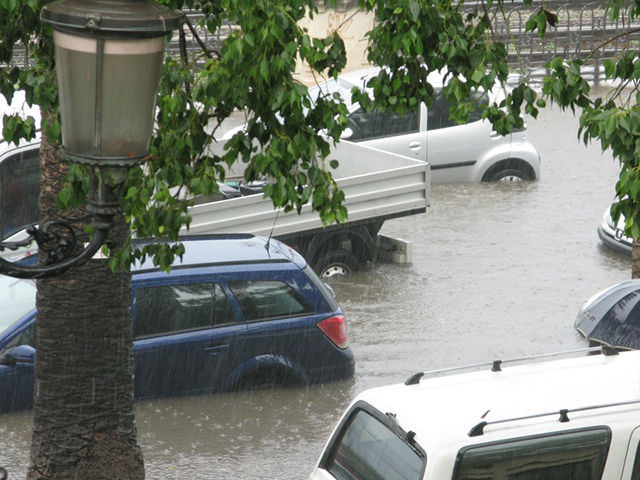One of the consequences of climate change is the proliferation of adverse weather events. Large storms, floods, heavy snowfalls or extreme temperatures are becoming more and more frequent, all of which require rapid intervention to prevent their possible consequences and minimize their impact as much as possible. To this end, social media can turn out to be a great ally.
This is precisely what research scientists from the Universitat Politécnica de València (UPV) are working on in their latest development, WATERSensing, an app designed to help manage crises due to episodes of torrential rains, floods, etc., in real time, by analysing Twitter posts, RSS feeds or Telegram messages. The project has been carried out jointly with researchers from the Polytechnic School of the Catholic University of Murcia and the results have been published in the IEEE Consumer Electronics Magazine.
PREVENTING AND MANAGING NATURAL DISASTERS
The app processes information in real time and is capable of discerning and classifying the most relevant and reliable tweets and users, ruling out fake news or misinformation that may be published on the platform. In order to achieve this, it has incorporated a tracking module that gathers data from different social media platforms. A second module is in charge of conducting a semantic analysis of the information gathered using various metrics to classify the tweets in terms of their probability of referring to a specific issue. Lastly, a third package uses text analysis to identify the possible locations where said issue has occurred. “With the words that make up our messages on social media, we not only describe situations and events in our environment, but also the way we perceive them, which indicates the level of public concern that surround a specific issue,” comments Carlos Periñán, an expert in Applied Linguistics from Campus Gandia of the UPV and principal investigator of the WATERoT project.
WATERSensing crawls through the text in these platforms and analyzes it using natural language processing techniques. “The analysis of these sources of information opens up new opportunities for the development of warning systems that help prevent, but also manage the effects of natural disasters. Each person posting becomes a social sensor, a source of valuable information for making one decision or another. Social media can contribute to saving lives,” indicates José Mª Cecilia, a research scientist on the project.

STORM GLORIA
To evaluate its usefulness, the UPV research scientists analyzed the case of Storm Gloria “and the results are clear: the perception of the problem in social media and the media outlets coincides with the evolution of the natural disaster,” points out José Mª Cecilia.
The researcher also adds that, by combining the information tracked by WATERSensing with other sources such as YouTube, Facebook or Instagram, the tool could be further improved, providing graphic material of the disaster, further helping decision-making on the part of authorities and emergency response personnel.
“The methodology behind this tool can be applied to many other natural threats, such as earthquakes or fires, even to health crises, such as the one we are currently undergoing with COVID. In all cases, social media is a magnificent reality sensor as long as the information is properly analyzed and interpreted, and this is what enables our work,” concludes José Mª Cecilia.
The development of WATERSensing has received funding from two projects: the European Smartlagoon and WATERotT, whose partners include UPV researchers.

More information:
Source: Luis Zurano Conches, UPV Office of Communication











